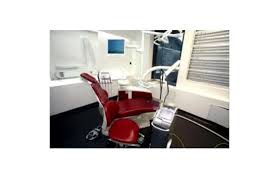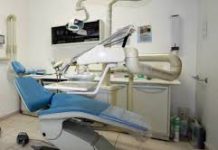Gingivitis treatment.
Periodontal diseases are infections of the gums that affect the soft and the hard tissues and can result in the progressive loss of the alveolar bone around the teeth, the pull away from the gums and the loss of the tooth. When gums pull away from the teeth, they form spaces called ‘pockets’ that become infected.
Periodontal diseases are always preceded by gingivitis, inflammations of the gums that can usually be reversed with daily brushing and flossing, and regular cleaning by a dentist or dental hygienist.
Gum disease causes.
Gingivitis and periodontal diseases are caused by bacteria; if plaque is allowed to develop it can become tartar or calculus, that is removed only by the dentist or dental hygienist. Periodontal diseases are quite severe pathologies that can cause health problems beyond the mouth, but they can be easily avoided following a proper oral hygiene and taking care of our teeth and of our habits.
Depending on the stage of the diseases, periodontal treatments are different and are provided by the dentist or the periodontist; types of treatment are non-surgical, surgical and pharmacological. Antibiotic treatments can be used either in combination with other therapies or alone, to reduce bacteria or the destruction of the tooth’s attachment to the bone.
Non-surgical treatments are professional dental cleaning to remove plaque or tartar; scaling and root planing, a careful cleaning of the root surfaces to remove plaque and calculus from periodontal pockets and to smooth the tooth root to remove bacterial toxins. Non-surgical treatments include also a tray delivery system, a custom-fit tray that patients use at home to deliver medications, and occlusal bite therapy: bite disorders can be treated once the inflammation has hailed.
Surgical treatment.
Surgical treatments use techniques to eliminate pockets and regenerate attachment; among the most used there are flap surgery or pocket reduction surgery: in this procedure a section of gum tissue is lifted back, exposing the roots for more effective scaling and root planing; then, the gum tissue is sutured back in place.
Bone or soft tissue grafts: these procedures help regenerate any bone or gum tissue lost to periodontitis; other tissues may be removed from other areas of the body and used to reinforced the damaged soft tissues.
In bone grafting, the graft may be composed of small fragments of your own bone; they help prevent tooth loss by holding your tooth in place and serve as a platform for the regrowth of natural bone.
Periodontal treatment.
Two other treatments are worth to be mentioned: guided tissue regeneration, to stimulate bone and gum tissue growth; enamel matrix derivative application: a special gel is applied to a diseased tooth root, it contains the same proteins found in developing tooth enamel and stimulates the growth of healthy bone and tissue.





